Photo Gallery for Epipagis fenestralis - Orange Epipagis Moth | 54 photos are available. Only the most recent 30 are shown.
|
 | Recorded by: David George on 2024-07-04
Chatham Co.
Comment: | 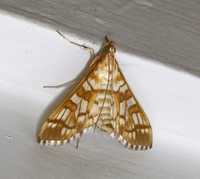 | Recorded by: Stephen Dunn on 2024-07-01
Orange Co.
Comment: |
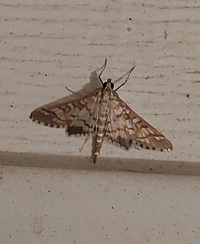 | Recorded by: Mark Basinger on 2023-10-13
Wilson Co.
Comment: | 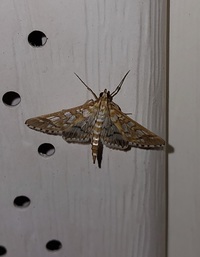 | Recorded by: Mark Basinger on 2023-09-24
Wilson Co.
Comment: |
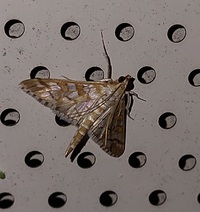 | Recorded by: Mark Basinger on 2023-09-19
Wilson Co.
Comment: |  | Recorded by: David George, Stephen Dunn, Jeff Niznik on 2023-09-15
Orange Co.
Comment: |
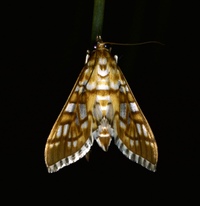 | Recorded by: Stephen Dunn on 2023-09-08
Orange Co.
Comment: | 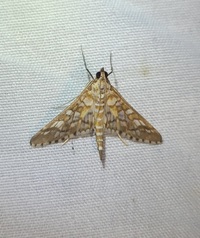 | Recorded by: Andrew W. Jones on 2023-09-07
Polk Co.
Comment: |
 | Recorded by: Stephen Dunn on 2023-08-19
Orange Co.
Comment: | 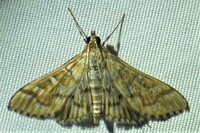 | Recorded by: Dean Furbish on 2022-10-30
Wake Co.
Comment: |
 | Recorded by: Dean Furbish on 2022-10-01
Wake Co.
Comment: |  | Recorded by: John Petranka on 2022-09-26
Orange Co.
Comment: |
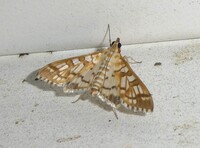 | Recorded by: Simpson Eason on 2022-09-21
Durham Co.
Comment: | 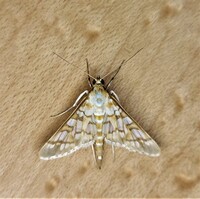 | Recorded by: Gary Maness on 2022-07-18
Guilford Co.
Comment: |
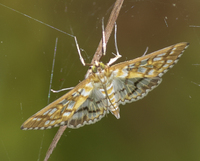 | Recorded by: John Petranka on 2022-06-22
Durham Co.
Comment: | 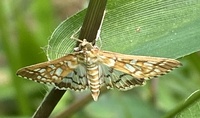 | Recorded by: David George, Becky Watkins on 2022-06-13
Durham Co.
Comment: |
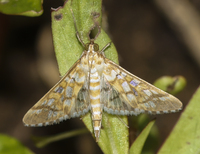 | Recorded by: John Petranka on 2021-09-10
Orange Co.
Comment: |  | Recorded by: Jeff Niznik on 2021-09-06
Wake Co.
Comment: |
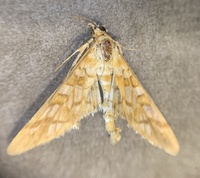 | Recorded by: Stephen Dunn on 2021-08-26
Orange Co.
Comment: | 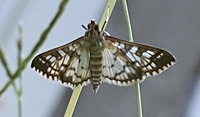 | Recorded by: David George on 2021-08-19
Durham Co.
Comment: |
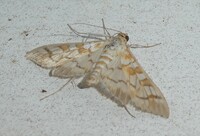 | Recorded by: Simpson Eason on 2021-08-15
Durham Co.
Comment: | 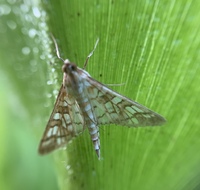 | Recorded by: Stephen Dunn on 2021-07-21
Orange Co.
Comment: |
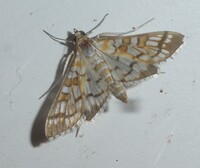 | Recorded by: Simpson Eason on 2021-07-13
Durham Co.
Comment: |  | Recorded by: John Petranka on 2021-07-05
Granville Co.
Comment: |
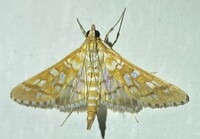 | Recorded by: Dean Furbish on 2021-07-04
Wake Co.
Comment: | 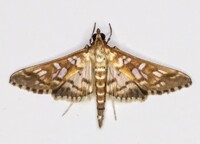 | Recorded by: Gary Maness on 2020-10-13
Guilford Co.
Comment: |
 | Recorded by: Erich Hofmann on 2020-10-02
Columbus Co.
Comment: | 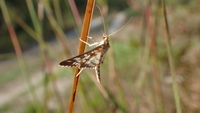 | Recorded by: Erich Hofmann on 2020-10-02
Columbus Co.
Comment: |
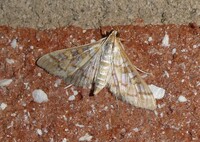 | Recorded by: Simpson Eason on 2020-10-01
Durham Co.
Comment: | 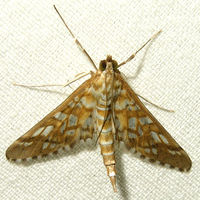 | Recorded by: Owen McConnell on 2020-09-20
Durham Co.
Comment: |
|